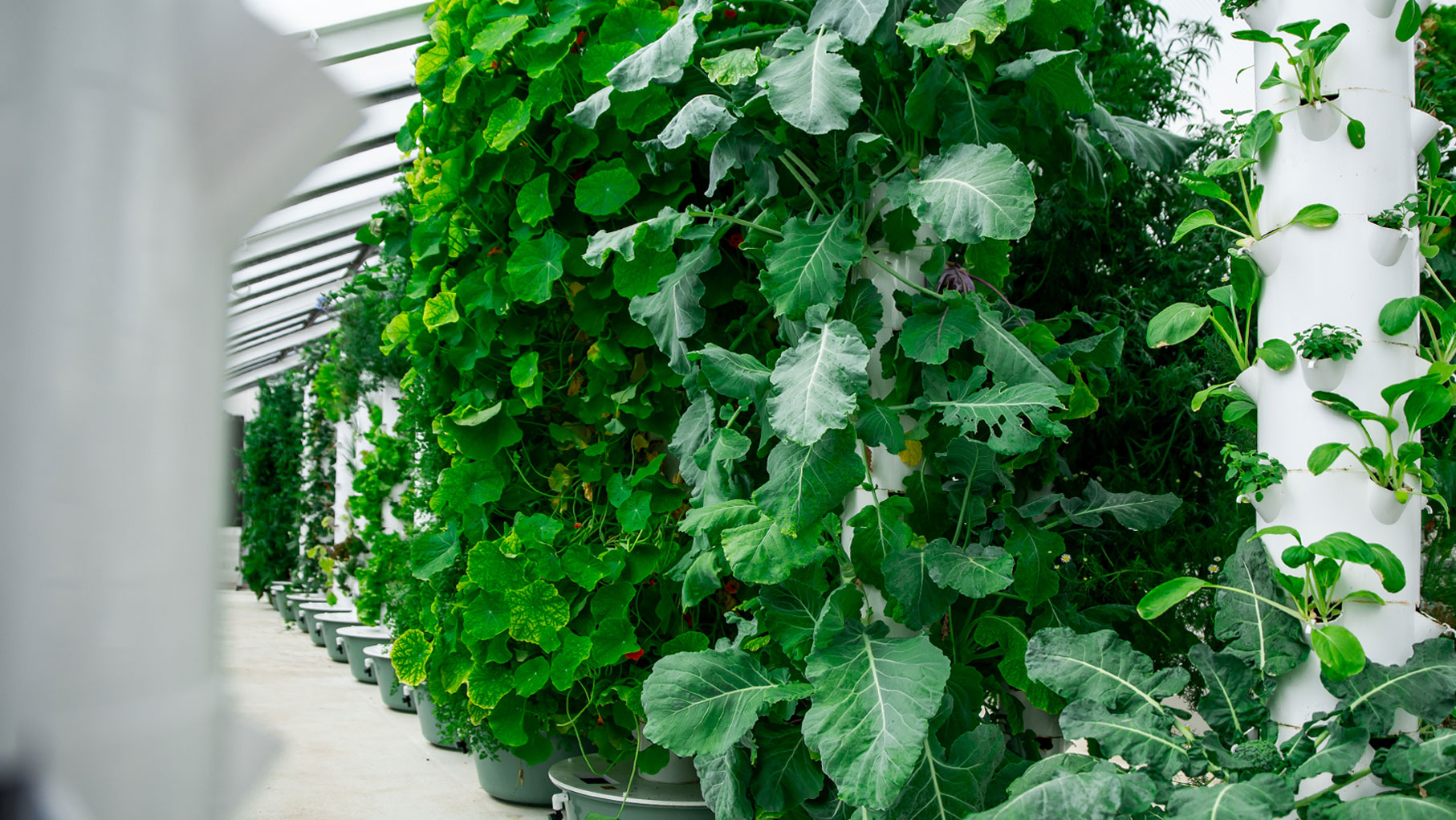Creating a successful vertical garden starts with a well-thought-out layout. Whether you're working with a small balcony, a backyard wall, or an indoor space, maximizing space efficiency and ensuring proper sunlight exposure are key to a thriving vertical garden. By carefully planning placement, structure, and plant selection, you can create a lush, productive, and visually appealing garden.
1. Assessing Your Space
Before you begin setting up your vertical garden, evaluate your available space by considering the following:
-
Wall or Structure Availability: Determine if you'll be using a fence, a freestanding frame, or a wall-mounted system.
-
Surface Strength: Ensure that the chosen surface can support the weight of plants, soil, and watering systems.
-
Accessibility: Plan for easy maintenance, watering, and harvesting if you're growing edible plants.
2. Understanding Sunlight Exposure
Different plants require different levels of sunlight, so analyzing sunlight patterns in your chosen location is crucial.
-
Full Sun (6+ hours per day): Ideal for most vegetables, fruits, and herbs such as tomatoes, peppers, and basil.
-
Partial Sun/Partial Shade (3–6 hours per day): Best for leafy greens, ferns, and flowers like petunias and begonias.
-
Full Shade (Less than 3 hours per day): Suitable for low-light plants such as pothos, ferns, and peace lilies.
Use a sun chart or track sunlight exposure throughout the day to determine the best placement for different plants.
3. Choosing the Right Vertical Gardening System
Selecting the right system depends on your space, budget, and gardening goals. Popular options include:
-
Wall-mounted Planters: Ideal for herbs, flowers, and small vegetables.
-
Trellises and Climbing Structures: Great for vining plants like beans, cucumbers, and ivy.
-
Stacked Containers and Tower Gardens: Excellent for maximizing space with tiered planting.
-
Hanging Baskets: Perfect for cascading plants like strawberries, pothos, and ferns.
4. Optimizing Plant Placement
Strategic plant placement can enhance both growth and aesthetics. Consider these techniques:
-
Top-Level Plants: Place drought-resistant and full-sun plants at the top where they get maximum light.
-
Middle-Level Plants: Grow partial-sun or medium-height plants in the mid-section for balance.
-
Lower-Level Plants: Opt for shade-tolerant plants that thrive in indirect light at the bottom.
-
Companion Planting: Group plants with similar water and light needs together to enhance growth.
5. Ensuring Proper Watering and Drainage
Vertical gardens require an efficient watering system to keep plants hydrated without overwatering. Consider these options:
-
Drip Irrigation: Provides consistent moisture and reduces water waste.
-
Self-Watering Planters: Ideal for reducing maintenance in stacked gardens.
-
Manual Watering: Use a watering can with a long spout for targeted watering.
Make sure your vertical garden has proper drainage to prevent water buildup and root rot.
6. Creating a Visually Appealing Layout
A well-designed vertical garden not only serves a functional purpose but also enhances your space aesthetically.
-
Color Coordination: Mix flowers and foliage with complementary colors for an eye-catching display.
-
Varying Heights: Arrange plants in a way that creates depth and dimension.
-
Layering Plants: Combine trailing, climbing, and upright plants for a balanced look.
Final Thoughts
Planning your vertical garden layout effectively allows you to maximize space while ensuring plants receive the necessary sunlight and care. By considering structural support, light exposure, plant placement, and watering needs, you can create a thriving, low-maintenance vertical garden suited to your environment. Whether you’re growing fresh herbs, decorative flowers, or edible vegetables, a well-organized layout will set you up for success.

Comments
No comments yet. Be the first to comment!
You must be logged in to comment. Login